A VFD, which stands for “Variable Frequency Drive”, is an electronic device used to control an electric motor. Compared to conventional motor control (which simply starts and stops the motor), VFDs have the ability to control acceleration, speed, deceleration and a host of other factors. With all this adjustment capability comes significant potential for lower power bills, reduced maintenance, and more useable equipment.
Like any newer technology there can be a fairly steep learning curve in
making VFDs perform to
their potential. Until engineers, electricians and the like can catch
up, effectively employing VFDs
can be a bit hit or miss. Fortunately, most if not all VFDs provide reasonable
control right out of
the box but unfortunately, in most cases, they are not tuned to their
potential and are not
providing all possible benefits.
The basic steps in any VFD installation or retrofit is to select the proper
type and size and then
perform the basic programing steps to tune the drive to your particular
motor. Once this is all
done and working, the fun begins. By careful observation of the equipment
and how it works it is
now possible for a skilled tuner to adjust the various settings in the
VFD to make the equipment
purr like a cat. In most cases these adjustments will result is significant
improvements in the
operation of the equipment.
Lots of folks can handle the installation of a VFD without any trouble
so long as they stay with the
VFDs factory settings, which are generic and intended for a wide variety
of motors. These
settings will work alright in the majority of cases but are rarely ideal
for the particular motor in
use. To get the most out of the VFD requires a solid understanding of
motors and the equipment
they drive to come up with the appropriate adjustments.
So where might a VFD be of benefit?
1. Conveyor systems to control the speed or to eliminate the shock of a
full-power start.
2. Air compressors that cycle on and off frequently.
3. Scrap collection systems to improve performance or save energy and
wear and tear.
4. Machinery that operates too fast or too slow.
5. Building exhaust and supply systems to balance the flows.
6. Crane trolleys to smooth the travel.
7. Fluid pumps to control the flow.
8. Air handlers to regulate the flow.
These are but a few examples of where a VFD might be employed with benefit.
Again, full benefit
is only achieved by properly programing the drive to actual conditions.



-2.0000000000000.jpg)